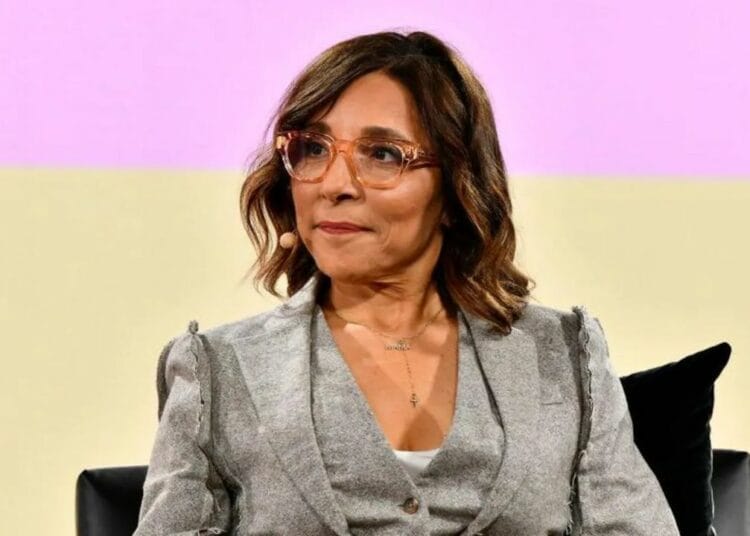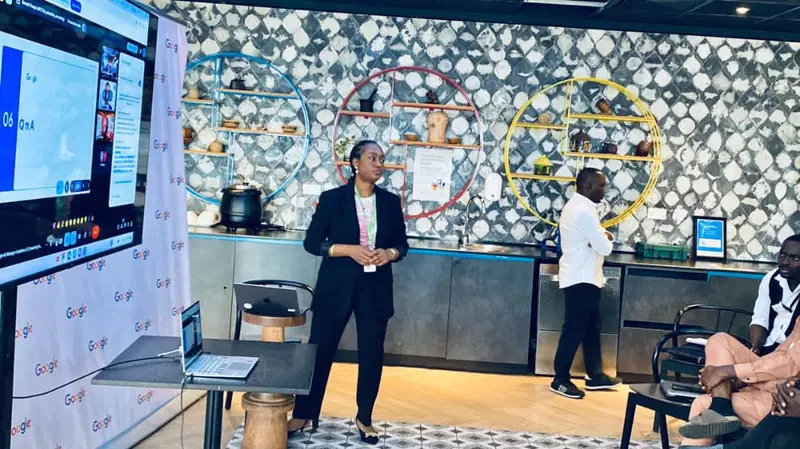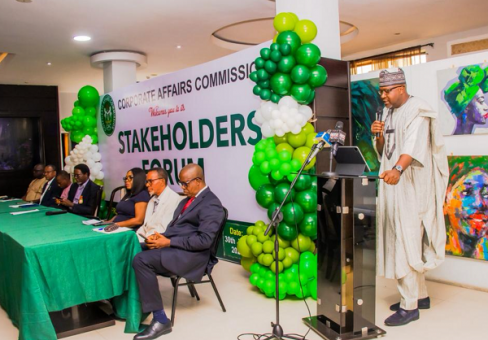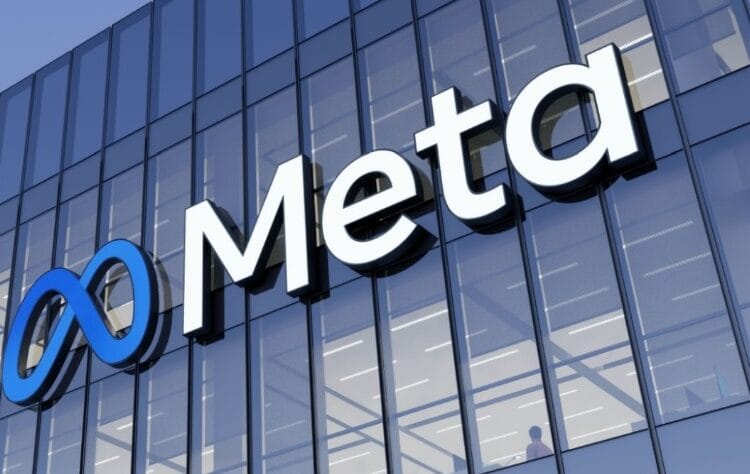Brace yourselves, as Nigerians may soon face a significant increase in electricity tariffs, potentially exceeding 40%. This development could mark the end of all energy subsidies in the country.
Currently, there is a monthly subsidy of approximately N50 billion in the electricity sector due to revenue shortfalls. The upcoming tariff hike, scheduled for July 1, poses a crucial test for the administration of President Bola Ahmed Tinubu, which has already eliminated subsidies on Premium Motor Spirit (PMS) and floated the naira. These decisions have complicated the price-setting process of the Nigerian Electricity Regulatory Commission (NERC) under the 2022 Multi-Year Tariff Order (MYTO).
Despite signing contracts with NERC, power sector players have been unable to meet the target of supplying at least 5,000 megawatts annually. NERC’s current Service Based Tariff (SBT) was based on an exchange rate of N441/$ and an inflation rate of 16.97%.
Let’s take a look at the historical context. In 2015, the average tariff across distribution companies (DisCos) and customer classes was N25 per kilowatt, as per NERC’s order 198/2020, effective from September 1, 2020. By the 2022 MYTO, the average tariff had increased to N64 per kilowatt. The foreign exchange rates used for determining the tariffs were N198.97/$ in 2015, N383.80/$ in 2020, and N441.78/$ in 2022. Inflation rates considered were 8.3% in 2015, 12% in 2020, and 16.97% in 2022.
However, the current inflation rate stands at 22.41%, and experts project it to reach 30% by the end of June due to the floating of the naira and the removal of subsidies on PMS. Taking these factors into account, the new average tariff for the sector is expected to be around N88 per kilowatt in order to recover costs.
This tariff increase presents challenges, particularly for households and small businesses, as energy costs alone could rise by over 70%. This comes at a time when purchasing power is low due to unemployment and poverty, posing serious problems for the economy.
As of the time of this report, the available electricity on the grid stands at 3,057.7MW from 17 power plants, while the average load intake of all the DisCos over the past four months has averaged 3,000MW. This indicates a persistent struggle to meet 100% of remittance orders.
Affordability is a major concern, considering the unreliable nature of the grid and the resulting financial losses. Stakeholders fear that the Nigerian Electricity Supply Market may face even more difficult times as consumer apathy grows, with individuals losing hope in the system and turning to alternative energy sources.
Energy experts emphasize the need to support the government’s efforts to stabilize the economy and stop the dollarization of Nigeria’s economy, even if it means paying higher electricity tariffs and petroleum product prices. They suggest that market fundamentals and fair pricing should be considered in determining energy tariffs, rather than solely relying on foreign exchange rates.
Energy lawyer Madaki Ameh raises concerns about the continuous upward reviews of power tariffs, viewing them as a form of blackmail against electricity consumers. He suggests that the Consumer Protection Council or an organized body of electricity consumers should address this issue. Ameh argues that indexing the cost of electricity to the dollar is a mistake, as most inputs for electricity supply are sourced locally. He also criticizes DisCos for failing to expand the supply base and increase connectivity.
Edited by Damilola Adeleke
Discover more from DnewsInfo
Subscribe to get the latest posts sent to your email.




